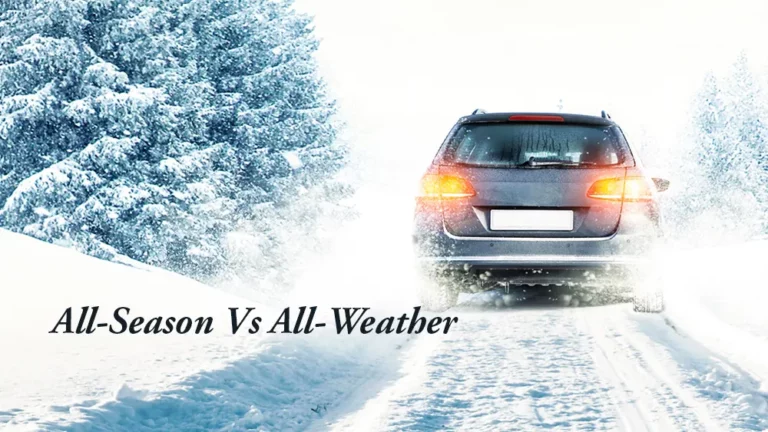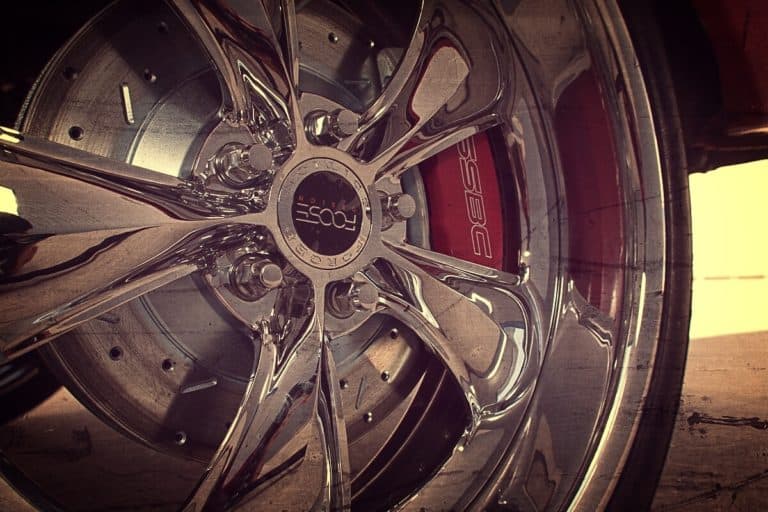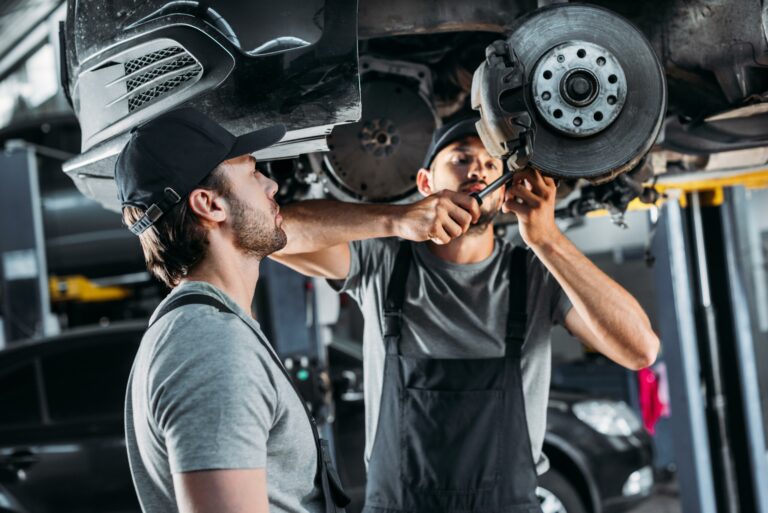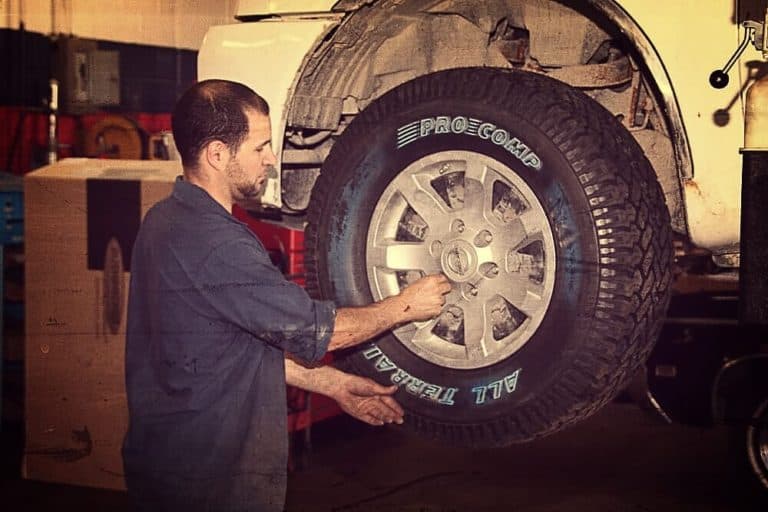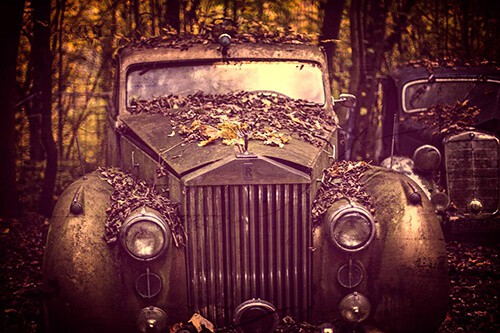spring car maintenance
Ten tips for spring car maintenance
 Several spring tips that can assist your car to remain safe and keep its engine running smoothly. Most issues with your vehicle could be avoided with spring car maintenance. Winter takes a toll on your vehicles suspensions, brakes, tires, batteries, frost heaves, potholes, road salt, snow, and ice, as well as cold temperatures, put our vehicles to dire tests.
Several spring tips that can assist your car to remain safe and keep its engine running smoothly. Most issues with your vehicle could be avoided with spring car maintenance. Winter takes a toll on your vehicles suspensions, brakes, tires, batteries, frost heaves, potholes, road salt, snow, and ice, as well as cold temperatures, put our vehicles to dire tests.
Even though most of our vehicles have a smart computer that is capable of alerting us to problems. Some components make our cars unreliable if left unattended. Spring seasons is an excellent time to give that hardworking vehicle a look-over. It’s at this period of the year that should do spring maintenance. There are numerous things that you are capable of doing so that you can get your car back to a perfect position regarding performance.
Spring checkups help in uncovering winter damages but again, certain components are harder to check and require a trained expert to pinpoint the problem. You need to have the engine analyzed by a technician who is very competent. A qualified technician will be in a better position to check and determine if any of the car components requires some servicing
1. Wires, plugs, and batteries
These components must give a spark to the vehicle because they work extremely hard during cold seasons. Winter stresses compromise their performances. Test and replace a weak or old batteries. Replace the wires and plugs especially those that have installed for a period that exceeds three years. This is certainly cheaper as compared to towing and doing a replacement down the road
2. Tire pressure
Cold weathers reduce the tire pressure. Ensure that all the tires (including the spare) have been properly inflated and balanced as well. Check inside the car door to find out the amount of air pressure that is appropriate
3. Hoses and belts
Inspect for cracks and signs of wear, and replace them. Replace the hoses that look blistered, brittle or are too soft. Hoses and belts that have been used for a period that exceeds five years must replace even if they are looking intact
4. Brakes
After a snowy season, it’s vital to do an inspection on the broken system; this includes brake fluid, parking brake, hoses, and lines as well. Brakes are critical to any vehicle and simple acts like brake pad changes can put an end to all worries related to brake safety
5. Wheel alignments and suspensions
Deep potholes have never been friendly to struts and shocks. An inspection must be done to determine the leaks and wears that can lead to bigger issues while you are on the road. Having a proper wheel alignment after terrible seasons can assist greatly in keeping you safe while on the road
6. Fluid levels
There are a lot of things that you need to check but again, never make a mistake of skipping any of them. Ensure that you have done a thorough check on the coolant, brake fluid, transmission fluid, the wind washer fluid and the engine fluid. Brake fluid flushes lead to sluggish brakes
7. Engine air filter
Doing a change on the engine air filter is a quick job that is done during any transmission, brake or oil change
8. Windshield wipers
Check them for cracks and wears and replace them whenever the need arises. Think of making this a routine during every spring and fall
9. Clean the interior
It’s quite easy to use your truck or vehicle as a storage bin for all types of things (this includes useless garbage and junk) especially during cold seasons when you do not feel like cleaning your car in cold. Take time when de-cluttering your car; losing extra weights significantly increases the gas mileage: it’s a worthy undertaking
10. Clean the exterior
Take special care when addressing undercarriages at places where salts eat away or corrode the metals. Thorough cleaning at a good car wash can do the trick
Average families drive about 15, 000 miles in ever ten years. If you keep up with seasonal maintenance and major maintenance benchmarks, there is every possibility that you will witness the odometer of your car exceeding the 200, 000 miles mark. Proper regular maintenance will go a long a long way in ensuring that your vehicle stays in a perfect condition for a longer.




